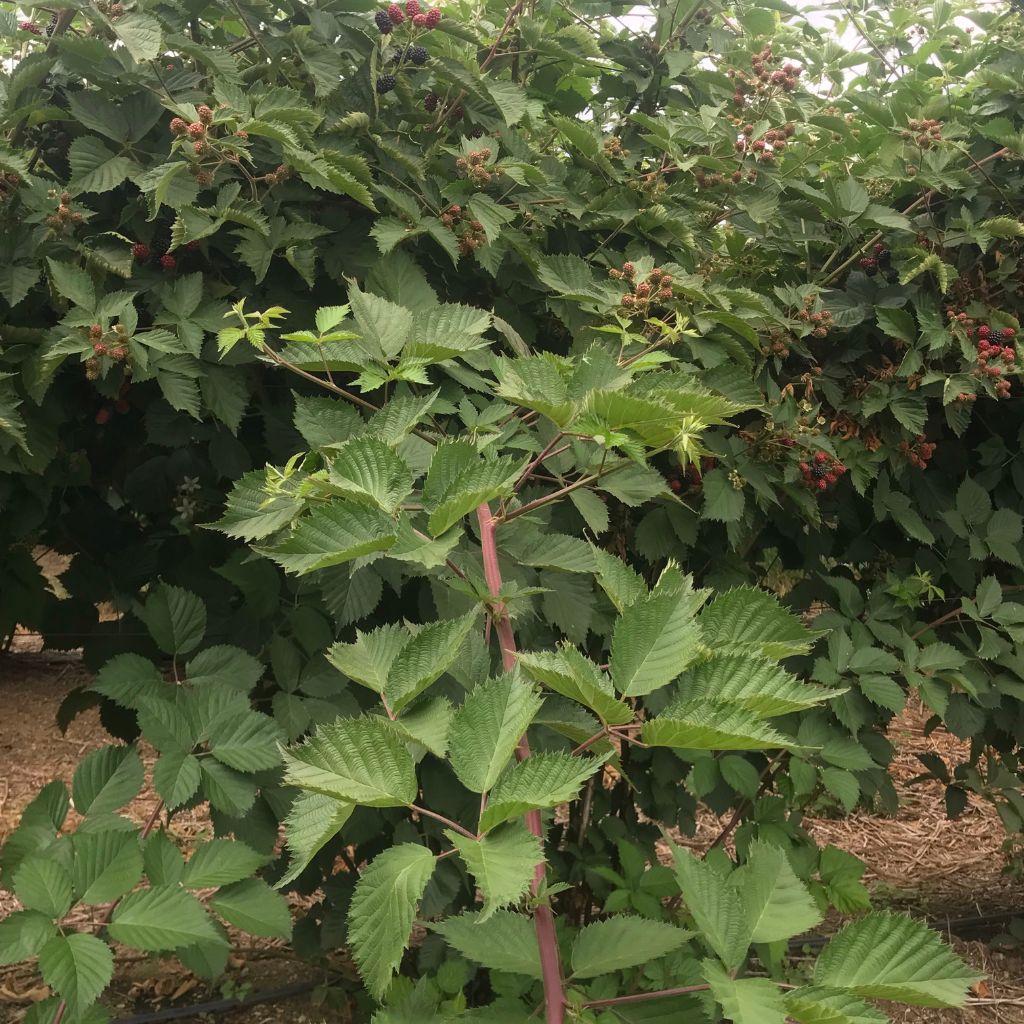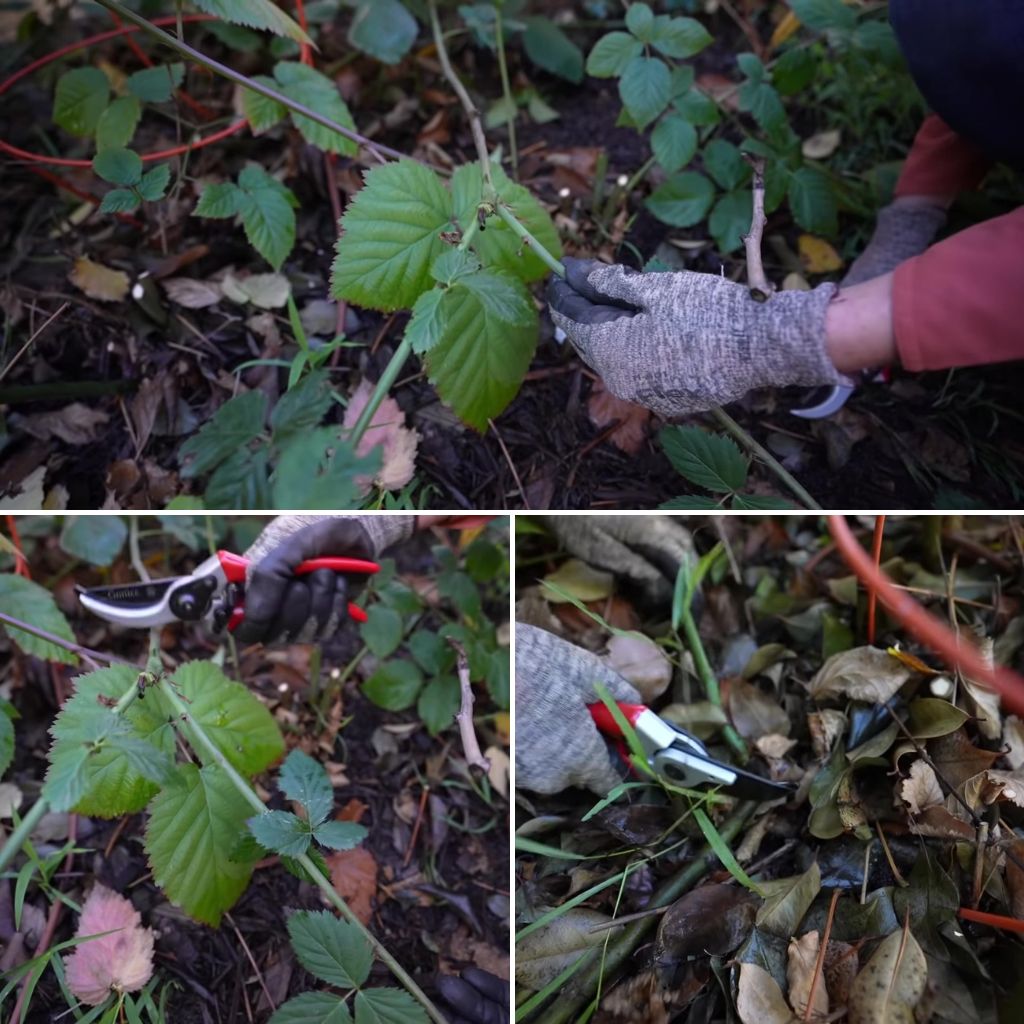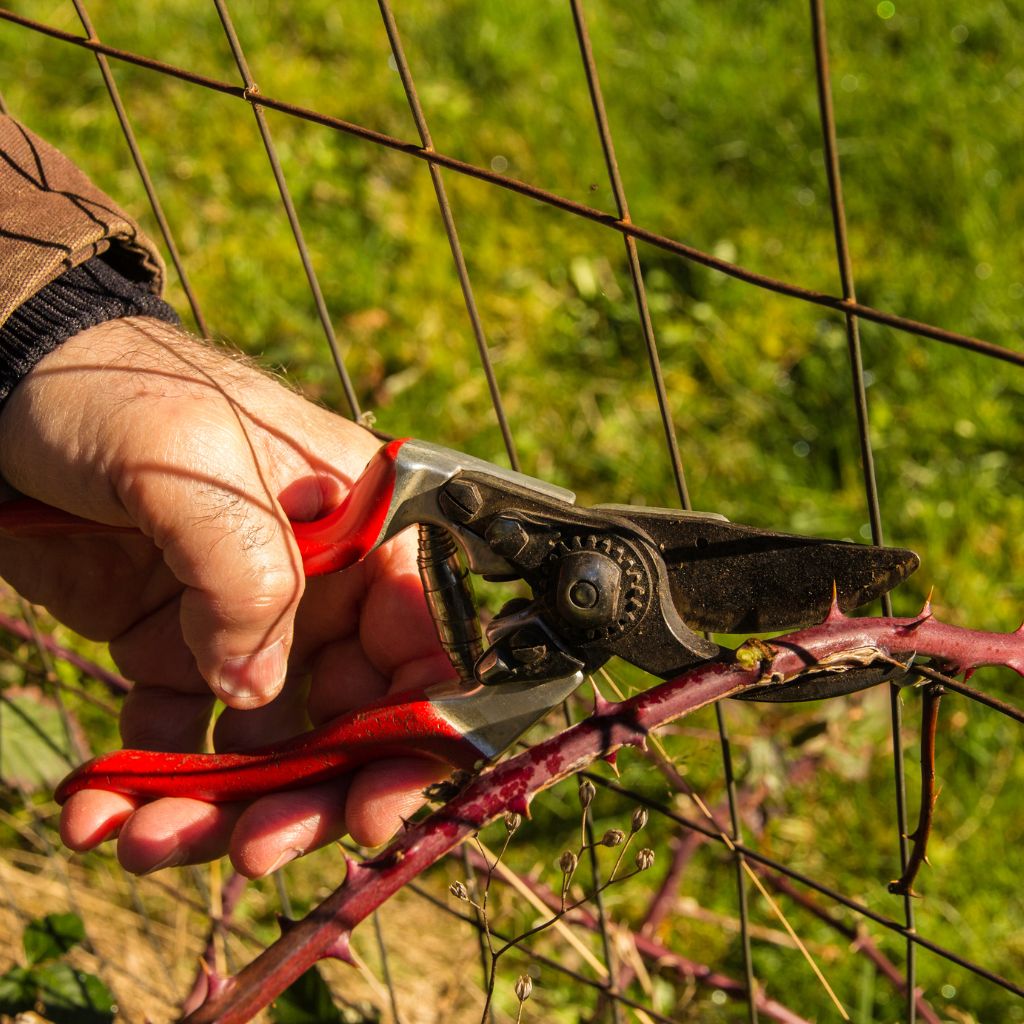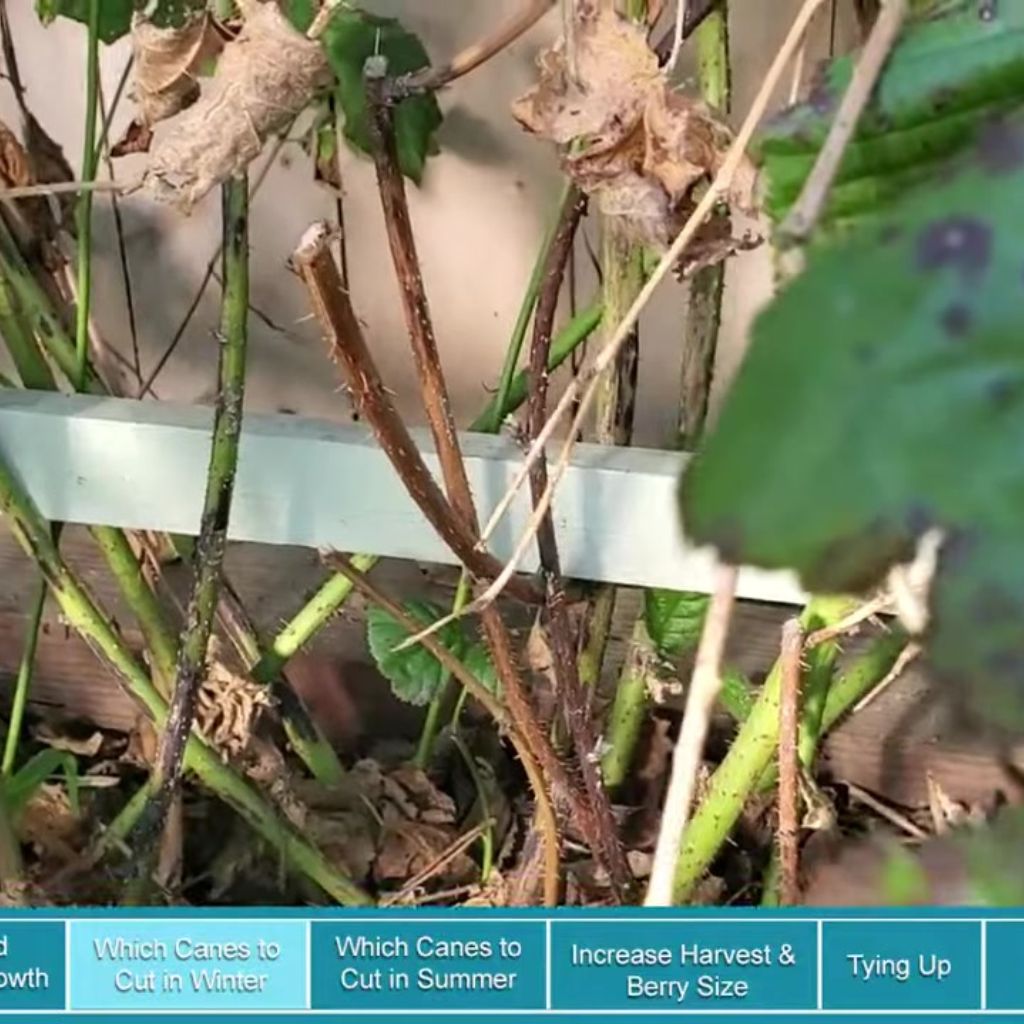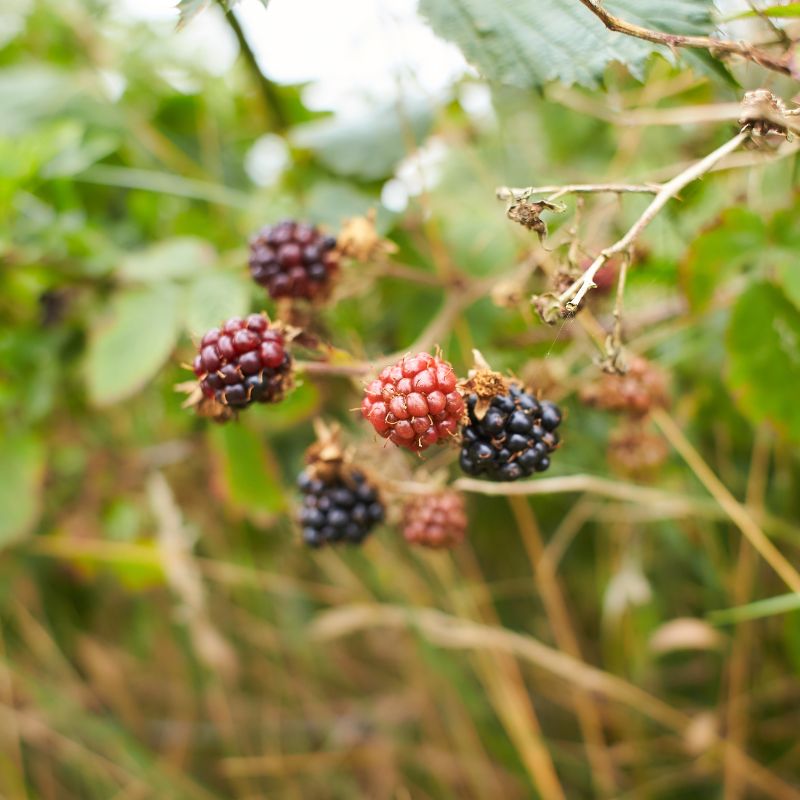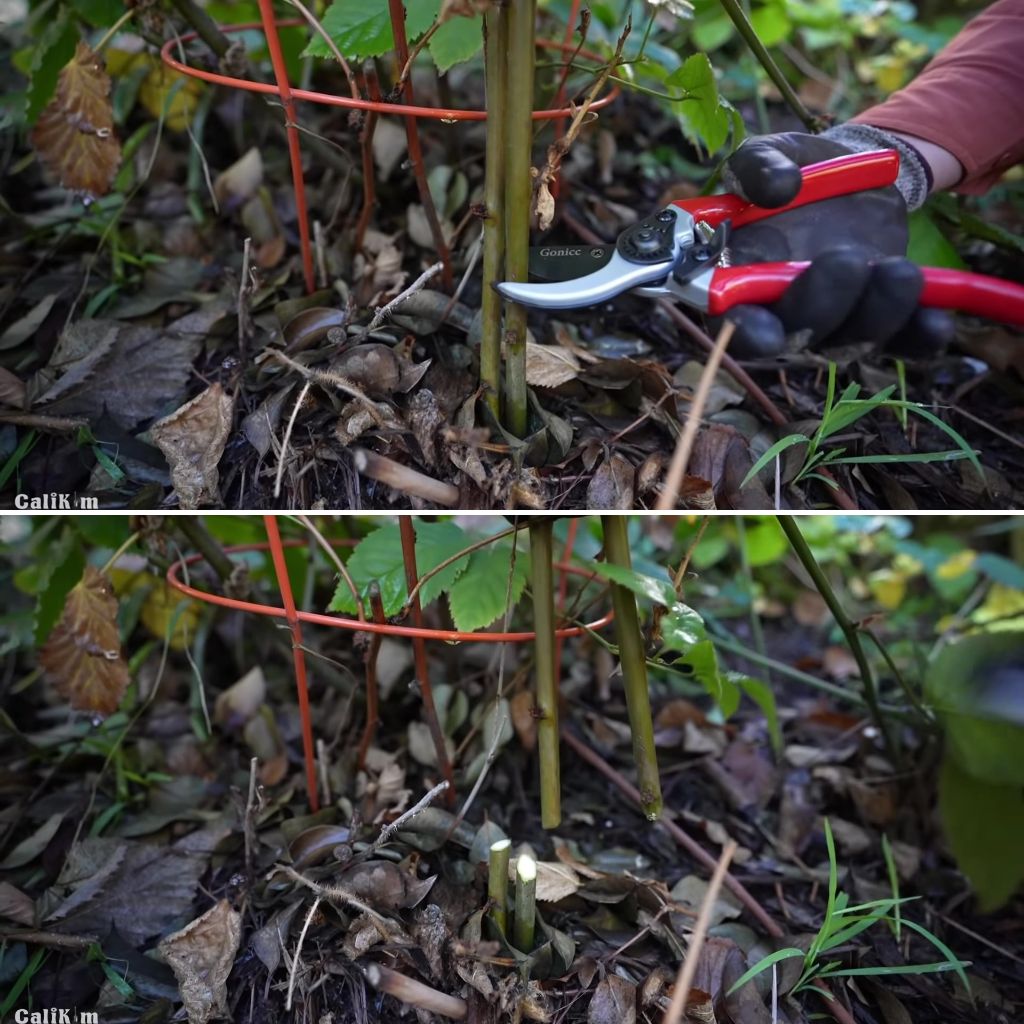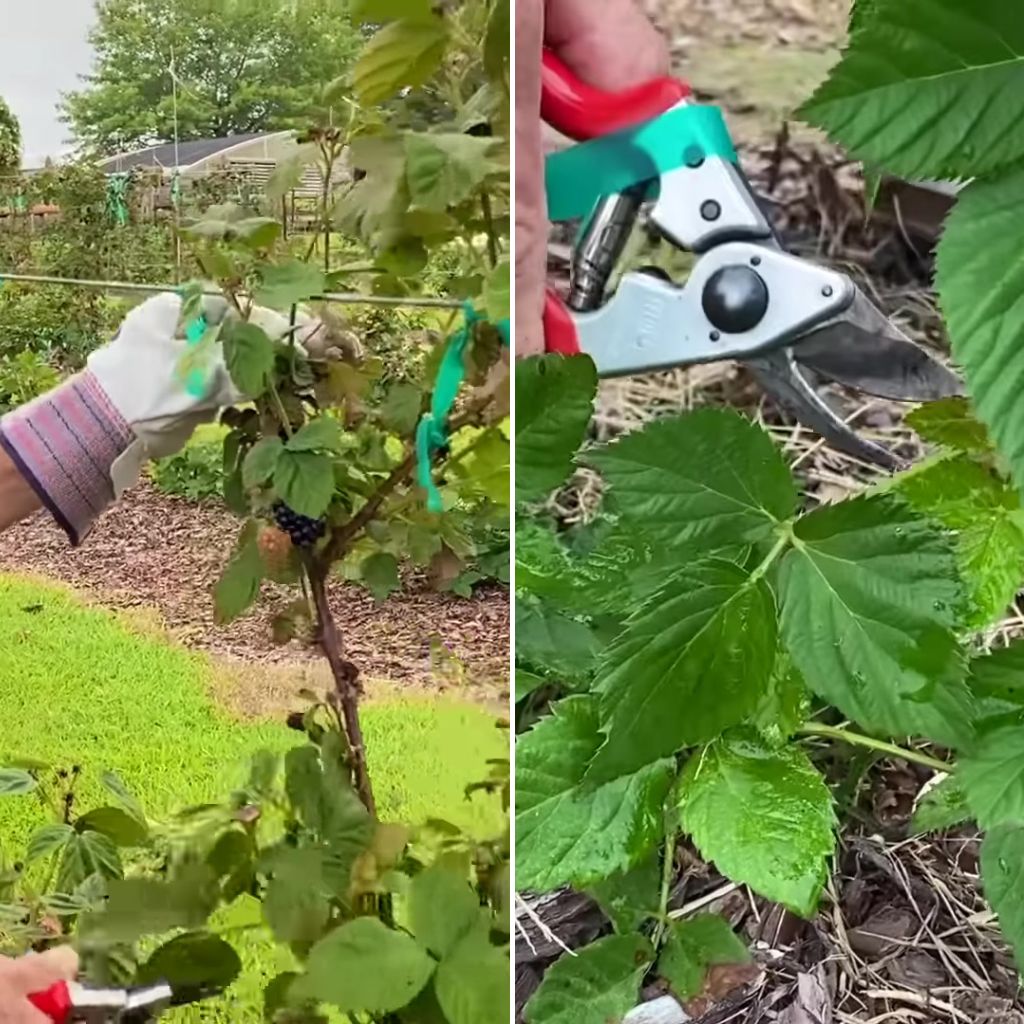Blackberries are a delightful addition to any garden, offering a bounty of sweet, juicy fruit.
However, without proper pruning, these vigorous plants can become overgrown, unmanageable, and less productive.
Pruning is key to ensuring healthy growth, maximizing fruit yield, and keeping your blackberry patch looking tidy. Here are 10 pro tips to help you prune your blackberries like a seasoned gardener.
1. Understand the Blackberry Types
Before you begin pruning, it’s crucial to know what type of blackberry you’re growing. Blackberries generally fall into three categories: erect, semi-erect, and trailing.
Erect varieties grow upright and typically do not require trellising.
Semi-erect varieties may need some support and are often thornless.
Trailing varieties need a trellis or support structure as they spread along the ground.
Understanding your blackberry type will help you determine the best pruning technique and timing.
2. Know the Difference Between Primocanes and Floricanes
Blackberries have two types of canes: primocanes and floricanes.
Primocanes are the first-year canes, green and flexible, and they do not produce fruit in their first year.
Floricanes are the second-year canes, woodier and darker, and they are the ones that produce fruit.
Most blackberry varieties fruit on floricanes, so it’s important to distinguish between the two when pruning. This knowledge ensures that you don’t accidentally remove canes that will bear next season’s fruit.
3. Prune in Late Winter or Early Spring
The best time to prune blackberries is during their dormant season, which typically falls in late winter or early spring, depending on your climate. This timing allows you to see the plant’s structure clearly without the interference of leaves, making it easier to remove dead or diseased canes.
4. Sharpen and Sanitize Your Tools
Always start with sharp, clean tools to make precise cuts and prevent the spread of disease. Pruning shears are ideal for smaller canes, while loppers may be necessary for thicker, older canes.
After each cut, especially when moving between plants, sanitize your tools with a solution of one part bleach to nine parts water to prevent disease transmission.
5. Remove Dead, Diseased, and Damaged Canes
Begin your pruning by removing any dead, diseased, or damaged canes. These canes are typically dry, brittle, and may show signs of discoloration or insect damage.
Removing them improves air circulation, reduces the risk of disease, and allows the plant to direct its energy towards healthy growth.
6. Thin Out Overcrowded Canes
Blackberry plants can become overcrowded quickly, leading to poor air circulation and increased disease risk. After removing dead and damaged canes, thin out the remaining canes, leaving only the strongest 4-6 per plant.
This thinning encourages better air circulation and allows more sunlight to reach the developing berries, resulting in larger, sweeter fruit.
7. Cut Lateral Branches Back to 12-18 Inches
Lateral branches, which grow off the main canes, should be pruned back to about 12-18 inches long.
This practice encourages the growth of larger berries, as the plant can focus its energy on fewer, but more robust, branches. Each lateral branch should have at least 5-6 buds to ensure a good fruit set.
8. Train Canes Along a Trellis
For trailing and semi-erect varieties, using a trellis is essential. As new canes grow in spring, train them onto the trellis to keep them off the ground and ensure better fruit production.
Regularly tie the canes to the trellis to prevent them from falling and becoming tangled or damaged.
9. Summer Pruning for Better Yield
In late summer, after the harvest, it’s important to do a second round of pruning. This involves removing the spent floricanes (those that have already borne fruit) and “tipping” the primocanes.
Tipping involves cutting back the tops of the primocanes when they reach 3-5 feet in height. This encourages side branching, which will produce more fruit the following year.
10. Don’t Be Afraid to Renovate Overgrown Patches
If your blackberry patch has become overgrown and unproductive, don’t be afraid to renovate it. Start by cutting all canes down to the ground in late winter, effectively rejuvenating the patch.
This process will reduce fruit production in the first year but will lead to healthier, more productive plants in the following seasons. After cutting back, apply mulch to retain moisture and suppress weeds.
Pruning blackberries may seem daunting, but with a clear understanding of the plant’s growth habits and the right techniques, it becomes a manageable task that yields substantial rewards.
Regular pruning not only keeps your blackberry patch neat but also ensures a bountiful harvest of delicious, juicy berries year after year. By following these 10 pro tips, you’ll master the art of blackberry pruning and enjoy the sweet fruits of your labor.


